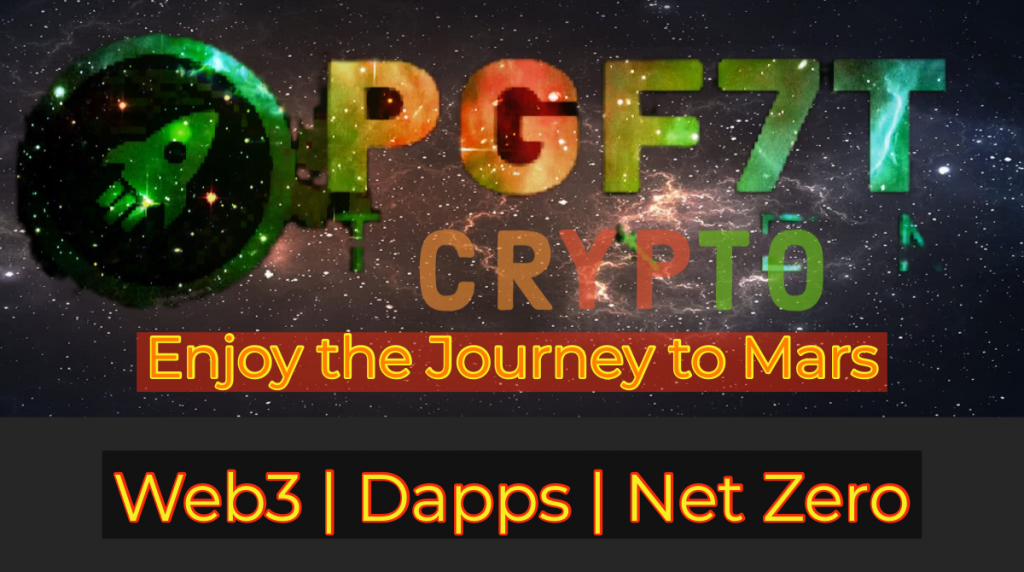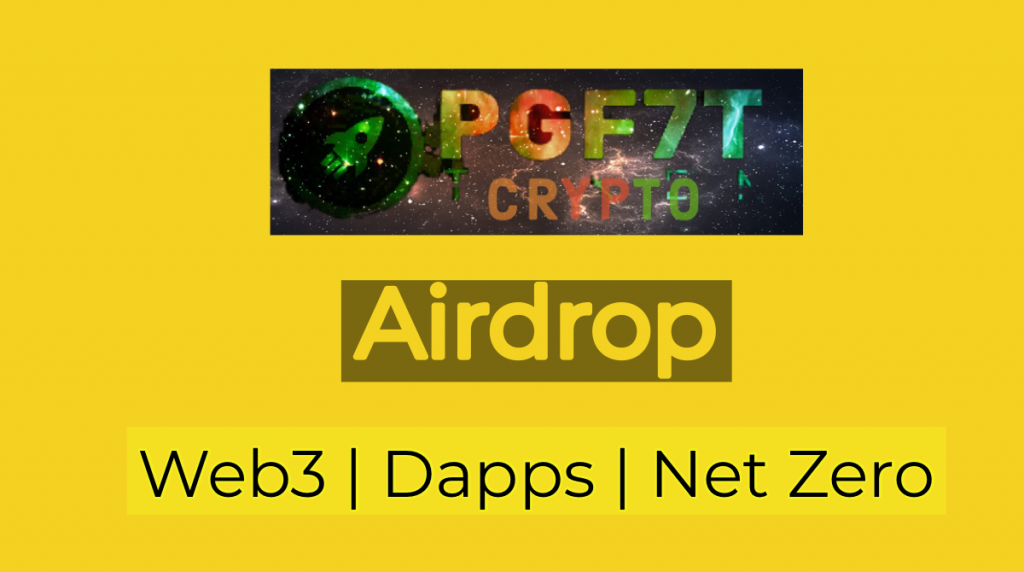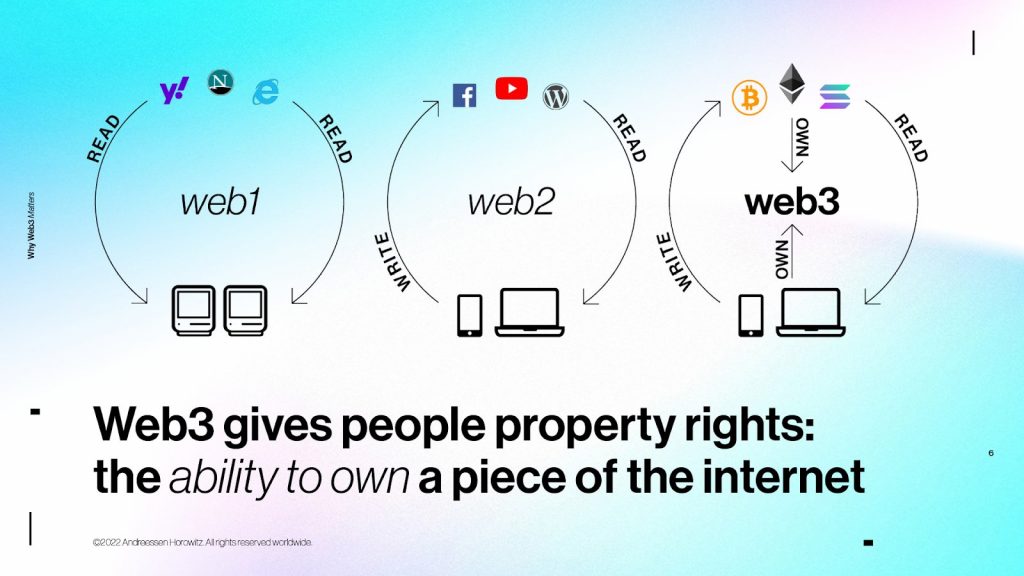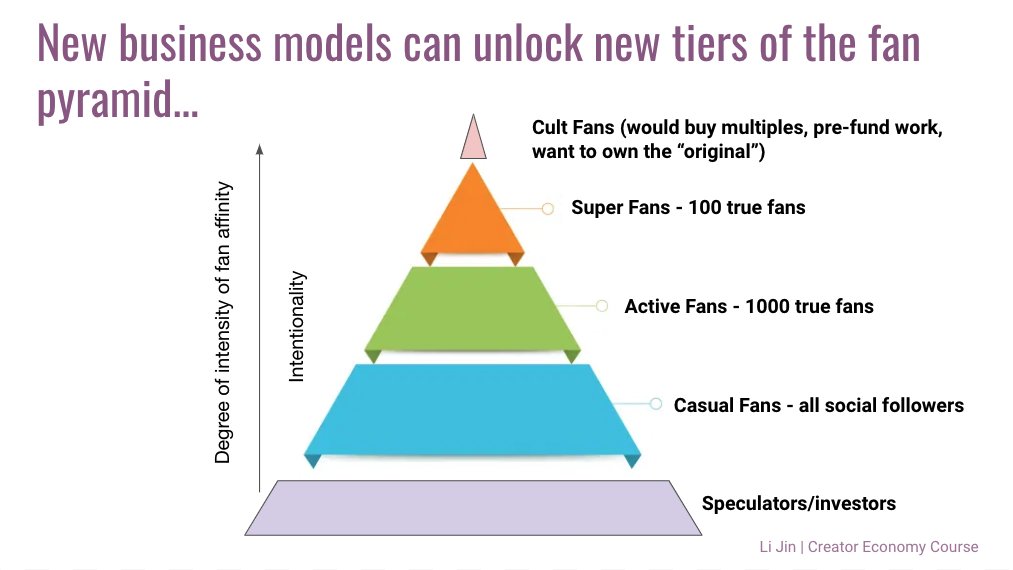Global Marcroeconomics
Let’s start with the big picture.
There has been tremendous reduction of wealth in 2022. A lot of this has to do with the reversal of easy monetary policy. In the U.S. the Federal Reserve is withdrawing liquidity and reducing M2 money supply.

Across asset classes, there has been no safe place to hide in 2022. Most asset have negative returns, with the exception of energy stocks and a few value stocks with strong cash flows. This shows the market sensitivity to discount rates. Some assets with long-maturity cash flows, like tech stocks (NASDAQ) have particularly come under pressure.

There is a clear common factor across markets in 2022, which is monetary policy. The Federal Reserve has been extremely aggressive in tightening. We believe this is due to a fundamental policy error in 2021. The Fed was late to recognize the growing inflation problem.

Capital will be more scarce as financial conditions are tightened. We believe that this will be a severe drag on growth.

Even before the monetary tightening, growth was slowing. This will likely transfer in lower cyclical inflation. However, “supply side” inflation might continue to persist, as monetary policy cannot address these issues.

Our view is that inflation will persist above the Fed’s 2% target. Inflation may have peaked, but will likely remain structurally higher going forward. We expect roughly 4-5% inflation in 2023.

There is a toxic mix emerging for policy makers of high inflation, declining real incomes, and slowing growth. Consumer confidence has crashed.

The employment market has remained relatively strong. Consumption patterns indicate that the consumer is spending their excess savings from the pandemic and adding more debt.

Here are our takeaways:
.
Global Marcroeconomics
.
——







